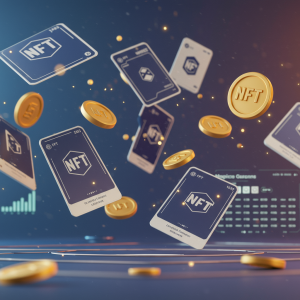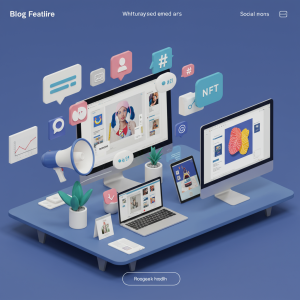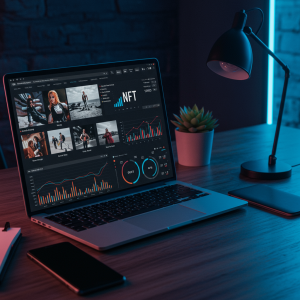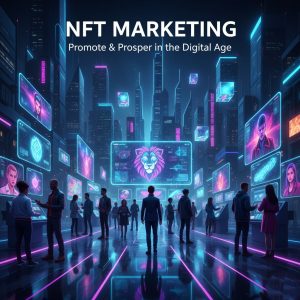NFT Marketing ROI: How to Measure, Analyze, and Optimize Your Campaign Performance
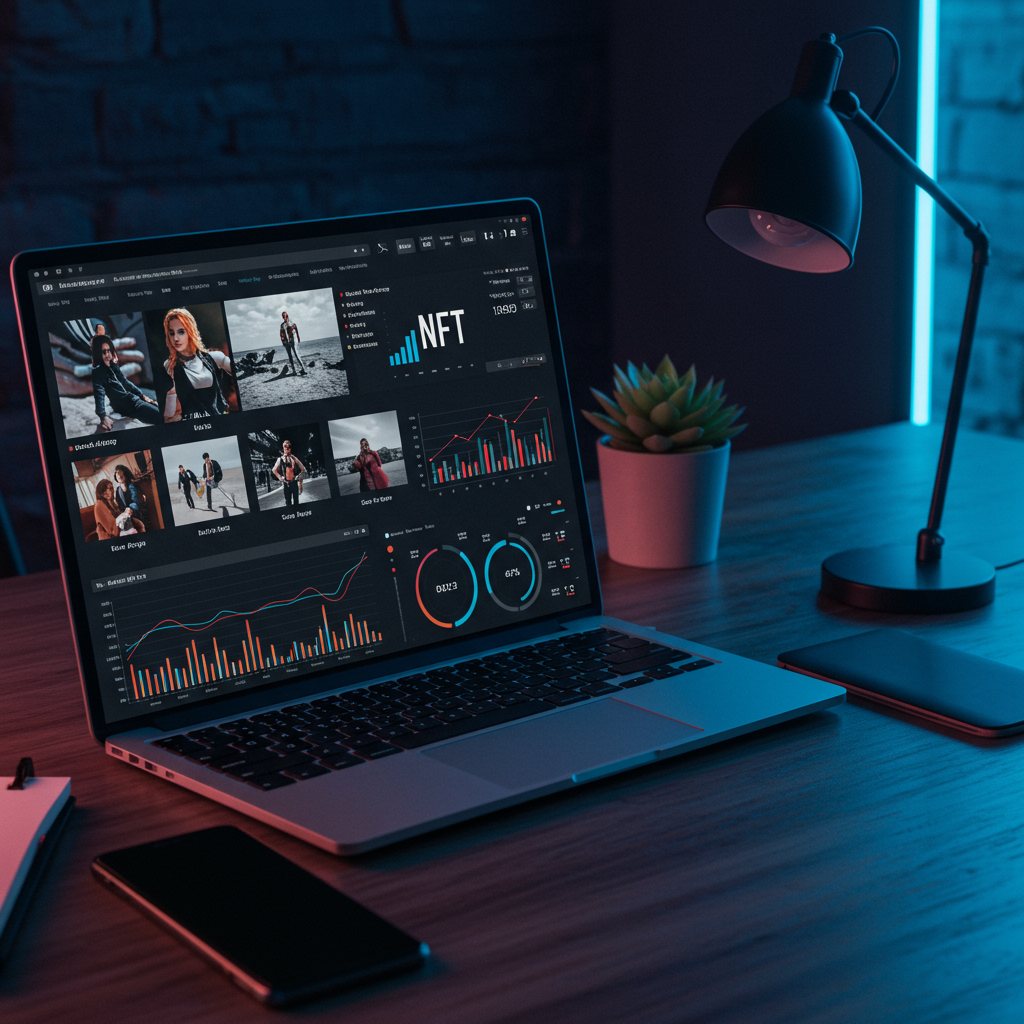
In the rapidly evolving world of non-fungible tokens (NFTs), successful drops and sales are only half the battle. To build sustainable growth, NFT creators and marketers must understand how to measure return on investment (ROI) for every promotional campaign they launch. By tracking the right metrics, leveraging powerful analytics tools, and refining strategies based on real data, you can turn insights into actionable steps that boost engagement, drive conversions, and maximize revenue.
Why Measuring ROI Matters in NFT Marketing
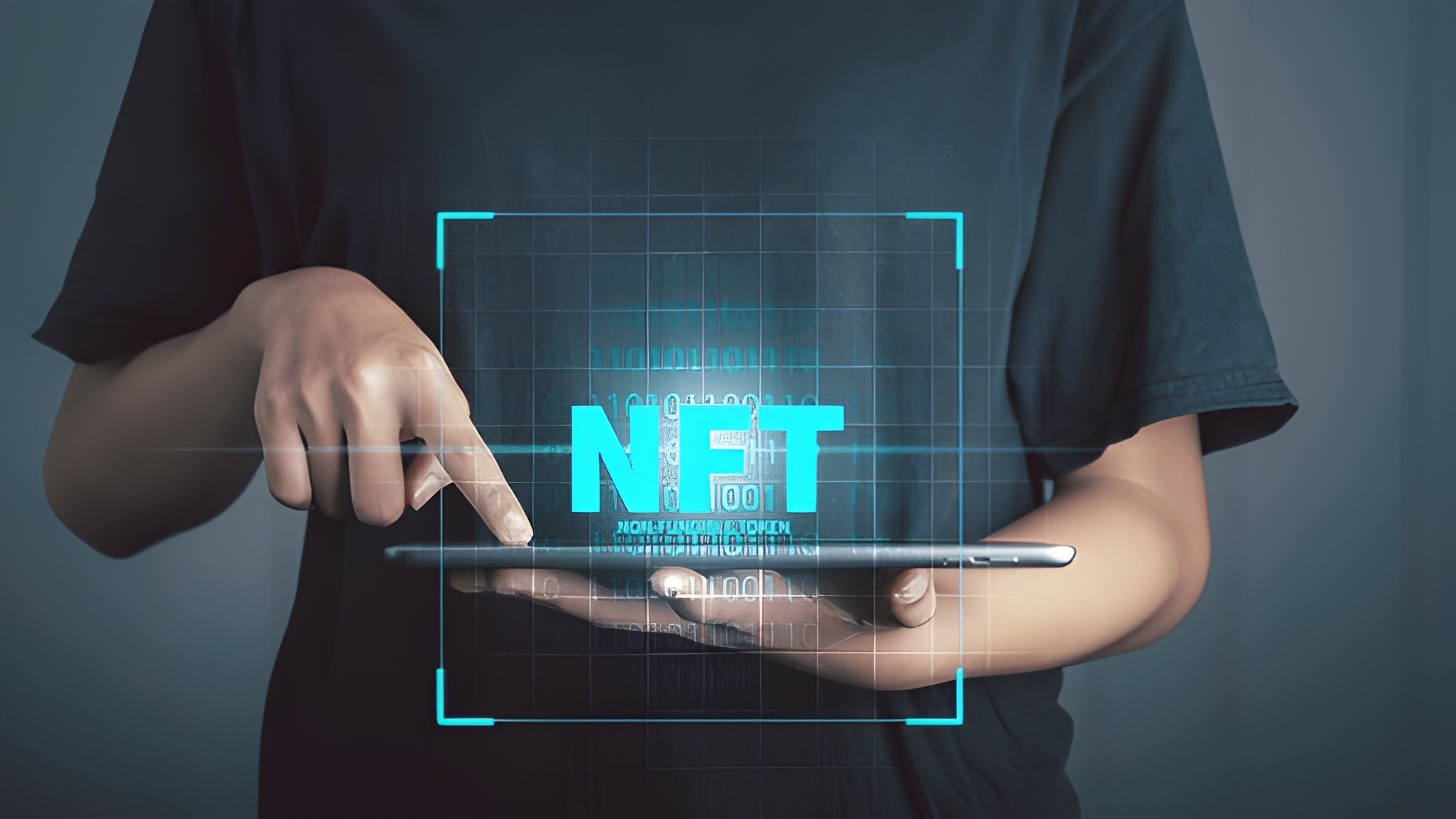
Many NFT projects focus on hype, influencer partnerships, or one-off viral launches—but without rigorous ROI measurement, it’s impossible to know which tactics truly move the needle. Measuring ROI helps you:
- Allocate Budget Wisely: Identify high-performing channels (e.g., Twitter ads, Discord events, email blasts) and direct spend where it delivers the best returns.
- Optimize Messaging and Creative: Compare click-through and conversion rates across different images, copy variations, and calls to action.
- Improve Community Engagement: Evaluate how giveaways, airdrops, and AMAs translate into long-term holders versus one-time buyers.
- Scale Successful Campaigns: Replicate winning formulas across future NFT launches or collections, building compounding returns over time.
Learn more about Gamification in NFT Marketing.
Essential NFT Marketing Metrics to Track
1. Reach and Impressions
Reach measures the total number of unique users who see your promotional content, while impressions count all views (including repeats). High reach ensures awareness, but impressions reveal frequency. Track these on social media ads, email sends, and on-chain metadata views to gauge visibility across your ecosystem.
2. Engagement Rate
Engagement rate combines likes, comments, shares, and retweets divided by total impressions or followers. A strong engagement rate indicates that your NFTs, visuals, and messaging resonate with your target audience. Platforms like Twitter, Instagram, and Discord all provide native engagement analytics.
3. Click-Through Rate (CTR)
CTR is the ratio of clicks on your call-to-action (e.g., “Mint Now,” “Join the Drop”) compared to impressions or link views. A higher CTR suggests your offer and creative are compelling enough to drive audiences from awareness toward conversion.
4. Conversion Rate
Conversion rate measures the percentage of users who complete a desired action—such as minting an NFT, signing up for a whitelist, or making a secondary purchase—after clicking through. Track conversion across minting platforms, marketplaces, or custom landing pages to understand how effectively your funnel turns interest into sales.
5. Floor Price and Secondary Sales
Beyond initial drops, monitoring floor price movements and secondary market volume provides insights into long-term demand and investor confidence. Spikes in floor price often correlate with successful marketing events, partnerships, or new utility announcements for your NFT collection.
6. ROI Formula
At its simplest, ROI = (Net Profit / Marketing Spend) × 100. Net profit equals total revenue generated by the campaign minus all associated costs (ad spend, creative production, influencer fees, platform gas costs). A 200% ROI means you’ve tripled your investment, while negative ROI signals the need to pivot or halt underperforming tactics.
Tools and Platforms for NFT Analytics
Optimizing ROI requires accurate data. Here are leading tools to aggregate on-chain and off-chain metrics:
- Google Analytics Integration: Use UTM parameters on landing pages and NFT marketplaces to link mint traffic back to specific campaigns and channels.
- Dune Analytics: Build custom SQL queries on Ethereum data to track mint events, wallet interactions, and secondary sales across addresses.
- Nansen: Analyze NFT holder demographics, whale wallet behavior, and on-chain flows to pinpoint high-value collectors and communities.
- OpenSea & Rarible Analytics: Leverage built-in dashboards for floor price history, trading volume breakdowns, and top collectors by collection.
- Wallet Tracking Solutions: Tools like Zerion or Zapper let you monitor individual holder activity, retention, and token distribution patterns.
Setting Up an NFT Marketing ROI Dashboard
Centralize all metrics in a single dashboard to spot trends at a glance. Use Data Studio or Tableau to pull in Google Analytics data, CSV exports from marketplaces, and Dune Analytics queries. Organize widgets by channel (social media, email, influencer), by metric (CTR, conversion), and by time frame to compare performance week-over-week or pre-/post-campaign.
Strategies to Optimize Your NFT Campaign Performance
A/B Testing Creatives and Messaging
Run simultaneous ad sets with different artwork, headlines, or calls to action. Compare CTR and conversion to identify which creative combination appeals most to your target demographic. Iterate quickly and scale the winning variant for your main drop.
Retargeting and Paid Advertising
Use pixel-based retargeting on website visitors who viewed your mint page but didn’t complete a transaction. Deploy social media ads on Twitter, Instagram, and TikTok to re-engage these warm leads with time-sensitive offers or sneak-peek drops.
Partnerships and Influencer Collaborations
Track affiliate links or custom discount codes to measure each partner’s true impact on sales. Negotiate performance-based fees or take rates based on conversion rather than flat sponsorship, aligning incentives with actual ROI.
Token Gating and Exclusive Offers
Leverage token gating to reward early adopters with private mints or bonus content. Monitor how gated experiences drive secondary market price support, floor lifts, and holder retention compared to public mints.
Attribution Models for NFT Campaigns
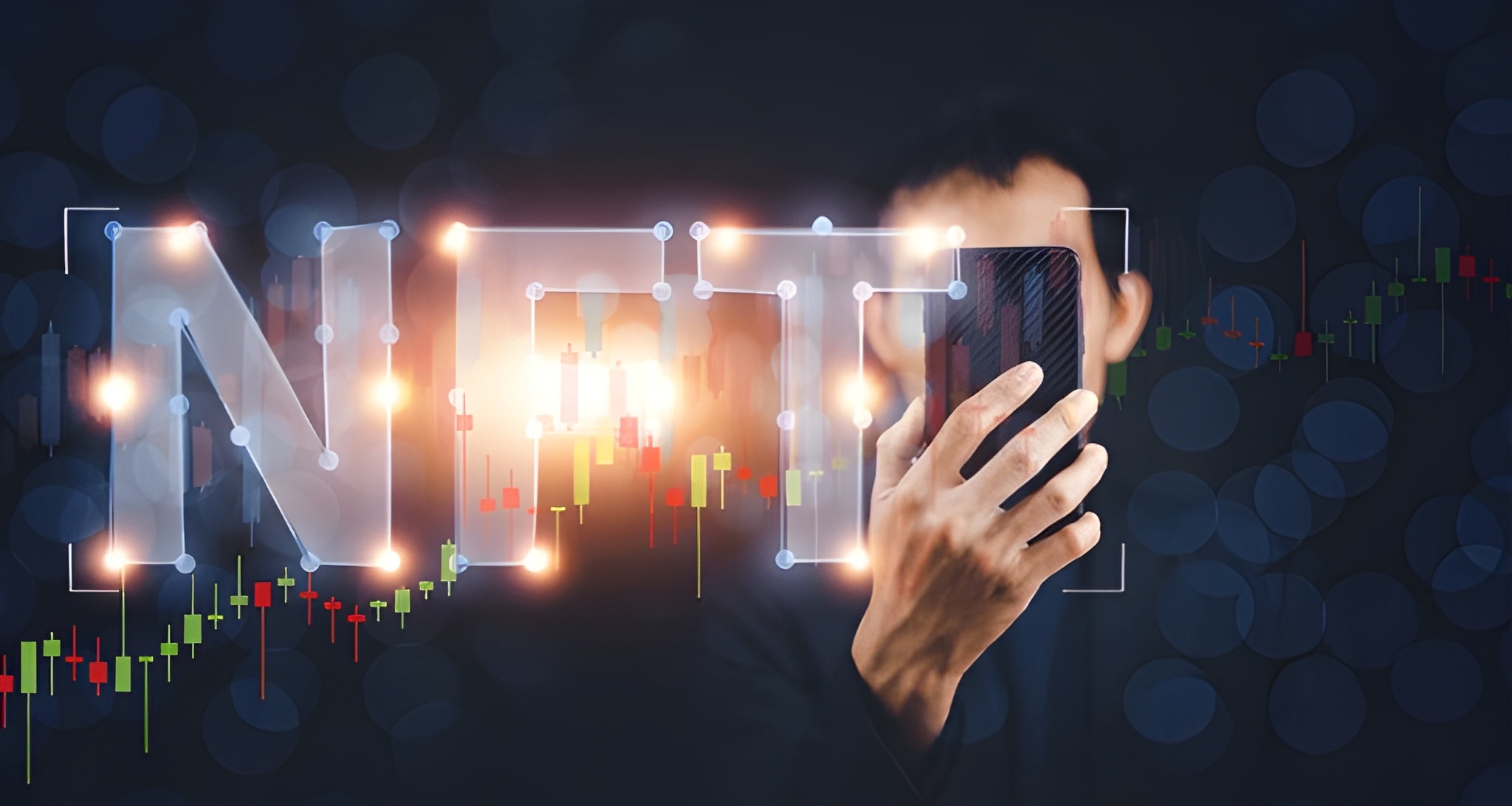
Single-touch models (first-click or last-click) offer simplicity but miss multi-channel paths. Multi-touch attribution credits each touchpoint proportionally—social ads, community events, email nudges—so you can see the holistic journey from awareness to mint. Implement UTM tagging and consistent naming conventions across all platforms to feed accurate attribution data into your dashboard.
Case Study: Measuring ROI for a Successful NFT Drop
In January 2024, CryptoCanvas launched a 5,000-piece generative art series. Here’s how they optimized ROI:
- Pre-Launch Teaser Campaign: Twitter and Discord teaser images generated 200,000 impressions over two weeks, with a 3.5% CTR to the whitelist sign-up page.
- Whitelist Retargeting: Email drip sequences retargeted 2,500 sign-ups; email CTR was 25%, resulting in 1,200 mints at US$150 each.
- Influencer Promo: Five micro-influencers each posted with unique UTM links. Combined conversion rate of 4% added 300 mints at US$175, with an affiliate fee of 10% on incremental sales.
- Secondary Market Performance: Post-launch floor price rose from US$150 to US$220, increasing collection valuation by US$350,000 and delivering a 230% ROI after all costs.
Conclusion
Measuring and optimizing ROI in NFT marketing is the cornerstone of sustainable success. By defining clear goals, tracking essential metrics, leveraging powerful analytics tools, and refining strategies through A/B testing and attribution models, you’ll unlock data-driven insights that propel each drop to new heights. Build a centralized dashboard, keep a close eye on performance across channels, and continuously iterate to maximize engagement, conversions, and long-term value for your community. With the right ROI framework in place, your future NFT campaigns can achieve measurable growth and lasting impact.


